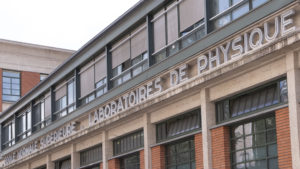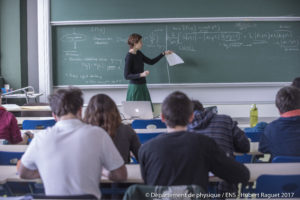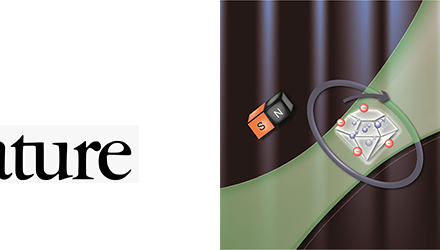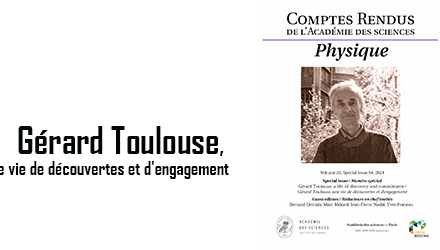Eugène Cremmer, 1942-2019
Theorist Eugène Cremmer, who passed away in October 2019, left his mark in superstring and supergravity theory. He will be remembered across the world as a brilliant colleague, as original as he was likeable.
Born in Paris in 1942, his parents ran a bookstore. The neighbourhood children were firmly oriented towards vocational schools and Eugène was trained in woodworking. He was eventually spotted by a mathematics teacher, obtained a technical Baccalauréat degree and then pursued mathematics at École Normale Supérieure (ENS) in Paris in 1962. In 1968–1969, following a triggering of research into dual models by Daniele Amati and Martinus Veltman, Eugène began to compute higher loop diagrams in a remarkable series of technically impressive papers. The first one was written with André Neveu, and others with Joël Scherk in 1971–1972 while a postdoc at CERN. At that time, CERN was an important cradle of string theory, with groups from different countries forming a critical mass.
In late 1974 Eugène returned to ENS with a small group of pilgrims from the theoretical-physics group at Orsay. He worked with Jean-Loup Gervais on string field theory and later collaborated with Scherk, the author, and several visitors on supersymmetry, supergravity and applications to string theory. His revolutionary 1976 paper with Scherk introduced the linking number of a cyclic dimension by a closed string. This would turn out to be crucial for heterotic string models, T duality and mirror symmetry, for the so-called Scherk– Schwarz compactification, and was soon applied to branes. The 1977 proposal with Scherk of spontaneous compactification of the six extra dimensions of space remains central in modern string theory. In 1978–1979 his pioneering papers on 11D super-gravity and 4D N = 8 supergravity made the 11th dimension unescapable and exhibited exceptional (now widely used) duality symmetries. For these works, Eugène received the CNRS silver medal in 1983. Some 15 years later, duality symmetries were extended to higher degree forms.
The successes of Eugène’s work led to many invitations abroad. Though he chose to remain in France, he maintained collaborations and activities at a high level. He was director of the ENS theoretical-physics laboratory in 2002–2005. Eugène was as regular as clockwork, arriving and leaving the lab at the same time every day – the only exception I witnessed was due to Peter van Nieuwenhuizen’s work addiction, which he enjoyably inflicted upon us for a while. At 12:18 p.m. Eugène would always gather all available colleagues to go to lunch, and this led Guido Altarelli to observe “Were Eugène to disappear the whole lab would starve to death!” Eugène kept his papers in an encrypted pre-computer order, and nobody could understand how he was able to extract any needed reference in no time, always remembering most of the content. He cultivated his inner energy by walking quickly while absorbed in thought. We have lost a role model and a modest, full-time physicist.
More :
This article was written by Bernard Julia and published in the CERNCourier, volume 60.
Corresponding author : Bernard Julia
Communication contact : L’équipe de communication





